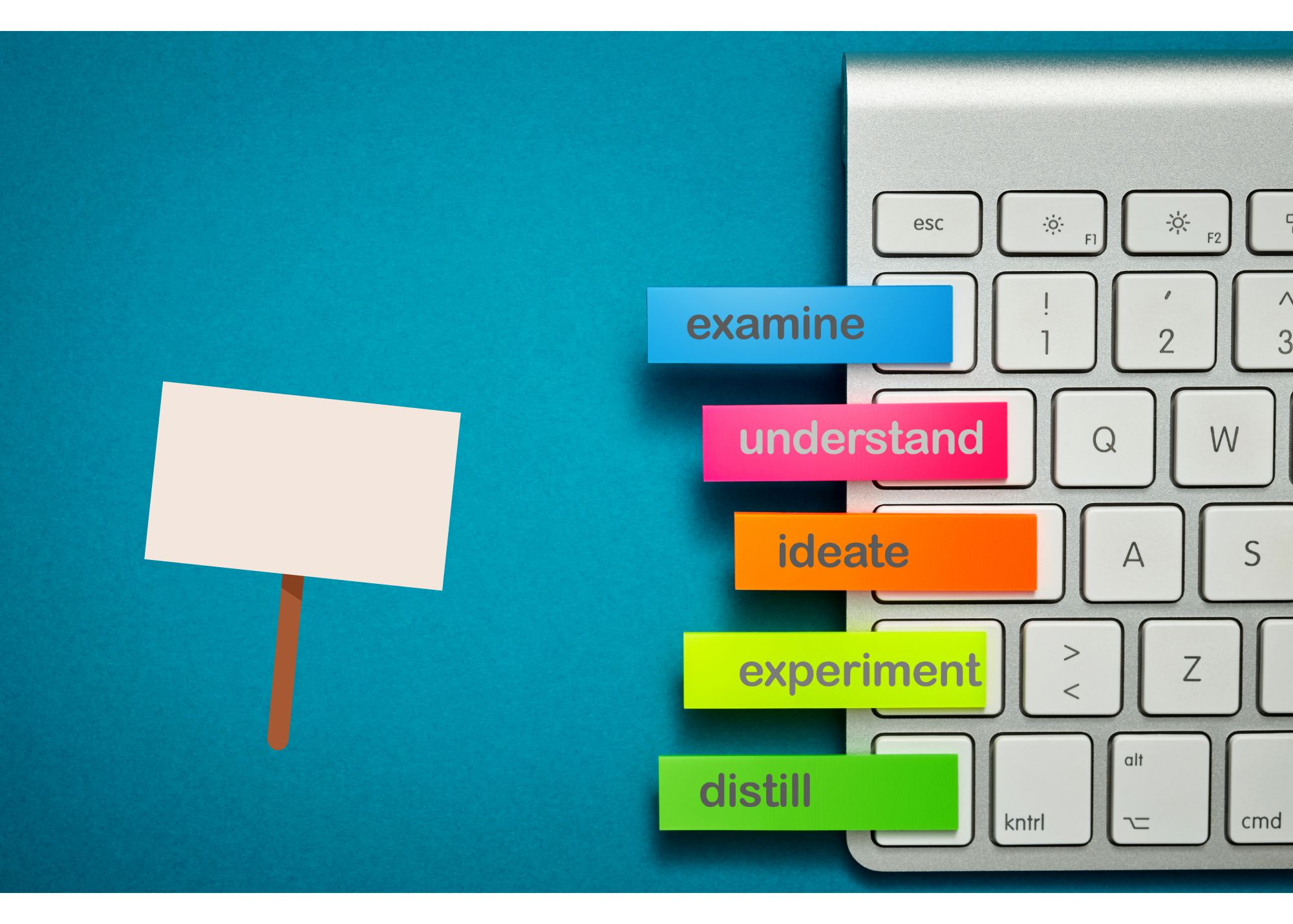Will This AI Goliath Hit $4 Trillion by 2027?
While no company has reached that towering $4 trillion milestone yet, Microsoft, Apple, and Nvidia are all within striking distance.
It’s not inconceivable that any one of them could be first past the post but if you’re asking who not only gets there, but stays there, the strongest case can be made for Microsoft.
Key Points
-
Microsoft is embedding Copilot into Office tools used by 400M paid users.
-
Azure’s AI workloads drove nearly half its Q3 growth.
-
Microsoft’s growth is anchored in sticky enterprise revenue and AI, making it the likeliest to reach and stay at $4 trillion.
Why Microsoft? Because It’s Building a Fortress in AI
Behind Microsoft’s recent acceleration is something hiding in plain sight, it has quietly built one of the most vertically integrated AI ecosystems in the world. Microsoft stitches everything together and puts it in the hands of hundreds of millions of people through products they already use.
What many investors don’t fully appreciate is that Microsoft’s enterprise software has 400 million paid users worldwide. These aren’t just casual users but companies willing to pay for productivity tools.
Now, each one is being upsold into Copilot, which comes at an extra charge. According to Microsoft, the number of enterprise customers using Copilot tripled year-over-year in Q3 2025. And this isn’t trial balloon adoption. CEO Satya Nadella said deal sizes are growing, meaning customers aren’t just testing; they’re committing.
Azure’s Momentum Is Underestimated
Most people associate cloud computing with AWS or Google Cloud, but Azure is arguably the most AI-forward of the three because it’s not just hosting cloud applications but becoming the development platform for the next generation of AI-native software.
In Q3 2025, Azure revenue rose 33% year-over-year, and what’s more striking is that nearly half of that growth came from Azure AI. Microsoft said AI-specific cloud workloads contributed 16% to that growth, a record high. That means Azure isn’t just benefitting from broad cloud adoption but is becoming indispensable to businesses building with LLMs.
Microsoft’s investment isn’t slowing either. The company spent $21.4 billion on capex last quarter—mostly for data center expansion to support AI infrastructure. It also revealed it now has a backlog of $315 billion in signed deals from customers waiting for more cloud capacity. That’s essentially a years-long tailwind.
Microsoft opened new data centers in 10 countries just in the last quarter. This not only expands compute availability but also helps satisfy data sovereignty laws, something increasingly important in regions like the EU, India, and Brazil.
Can Microsoft Reach $4 Trillion?
At today’s price-to-earnings ratio of around 33x, Microsoft isn’t trading at a wild premium. To hit a $4 trillion valuation from here, Microsoft needs to grow earnings at a rapid pace though. Over the last decade, it’s averaged 16% EPS growth annually so we may be within striking distance of $4 trillion by 2027.
Analysts are forecasting 12% EPS growth in fiscal 2026. If Microsoft can replicate that in 2027, it may very well clear the $4 trillion hurdle by mid-to-late 2026.
Microsoft Isn’t Just Climbing. It’s Cementing.
Apple and Nvidia are incredible companies, but their $4 trillion prospects are more susceptible to shifts in consumer sentiment and hardware cycles. Microsoft, by contrast, is building an empire on recurring enterprise revenue, cloud infrastructure, and AI integration, three trends that are compounding, not fading.



